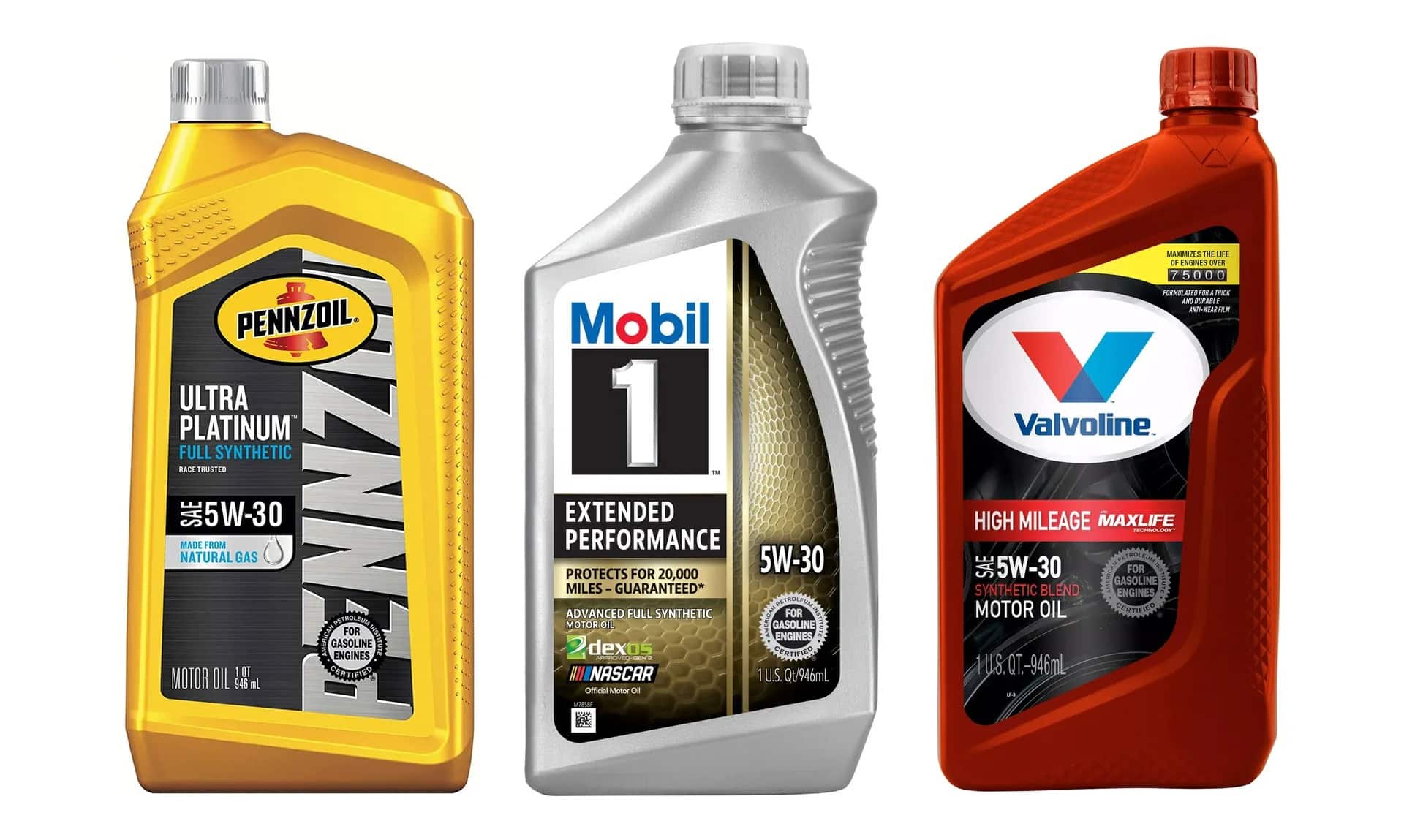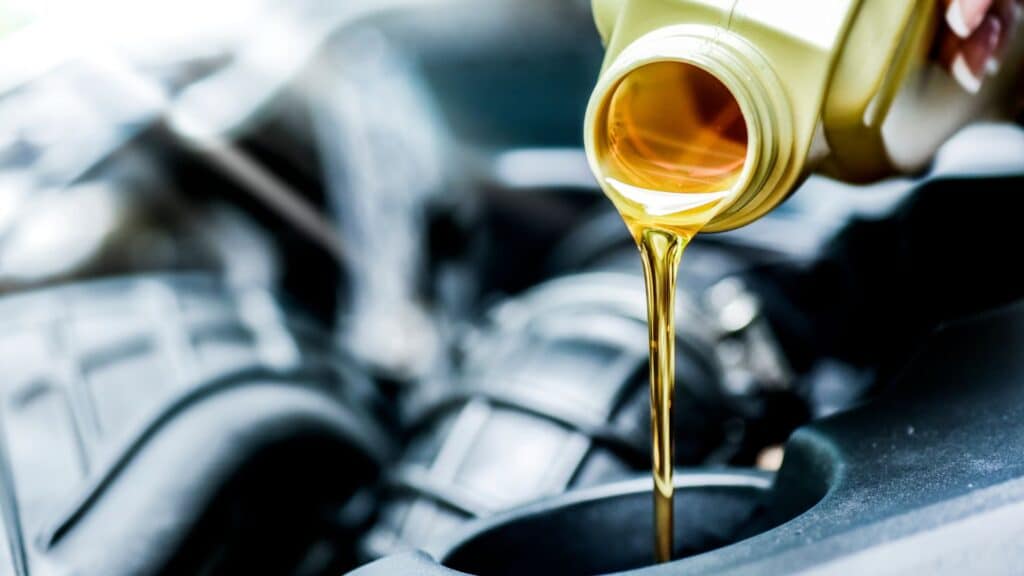Want to keep your car running like new? Knowing how often to change your oil is key. Neglecting this simple task can lead to costly repairs and shortened engine life – a painful lesson many car owners learn too late.
But what’s the optimal oil change frequency? The answer may surprise you. With modern engines and improved oil formulations, you can often go much longer between changes than the old standard.
However, driving habits, climate, and vehicle type still affect how often oil changes.
In this post, we’ll break down everything you need to know to establish your vehicle’s ideal oil change schedule, save money, and maximize your engine’s performance and longevity.
Get ready to take control of your car’s health like never before!
Factors Affecting Oil Change Frequency
Several factors influence how often you should change your vehicle’s oil. Understanding these variables is crucial for maintaining your engine’s health, optimizing performance, and avoiding unnecessary expenses.
Let’s explore the key factors that determine your ideal oil change frequency.
1. Vehicle Type
- Different vehicle types, like passenger cars, SUVs, and heavy-duty vehicles, have unique oil change needs.
- Performance vehicles often require more frequent oil changes due to higher engine loads and the demands placed on the oil. These vehicles may benefit from shorter intervals to ensure optimal lubrication and protection against wear.
2. Oil Type
- The type of oil you use – conventional, synthetic blend, or full synthetic – significantly impacts the recommended oil change interval.
- Synthetic oils are designed to last longer than conventional oils thanks to their superior stability and resistance to breakdown. They can also better withstand high temperatures and challenging driving conditions, allowing for extended change intervals without compromising engine protection.
3. Driving Habits and Conditions
- Your driving habits and vehicle conditions significantly determine how often you change your oil.
- Frequent short trips, towing heavy loads, or driving in extreme temperatures (hot or cold) can cause oil to deteriorate faster. These conditions may require frequent changes to prevent sludge buildup and ensure proper engine lubrication.
4. Manufacturer Recommendations
- Always consult your vehicle’s owner’s manual for the recommended oil change schedule.
- Automakers conduct extensive testing to determine each vehicle model’s optimal oil change intervals. These recommendations consider the engine design, oil capacity, and expected driving conditions to ensure peak performance and longevity.
Optimal Oil Change Intervals

Adhering to recommended oil change intervals is essential for maintaining your engine’s longevity and performance. Advancements in oil technology and engine design have allowed longer intervals between changes.
Let’s dive into the current recommendations based on oil type and vehicle specifics.
1. Conventional Oil
Regarding conventional oil, vehicles’ typical oil change interval falls between 3,000 and 5,000 miles. However, the exact interval can vary depending on engine design, oil capacity, and the vehicle’s age.
Older engines or those with higher oil consumption may require changes more frequently, typically around the 3,000-mile mark.
On the other hand, newer and more efficient engines can often go up to 5,000 miles between oil changes without compromising engine protection.
It’s essential to consult your vehicle’s owner’s manual for the manufacturer’s recommended interval. The manufacturer has extensively tested to determine the optimal oil change frequency for your vehicle model.
2. Synthetic and Synthetic Blend Oils
If you opt for synthetic or synthetic blend oils, you can enjoy extended oil change intervals compared to conventional oil. Some high-quality synthetic oils even advertise the ability to go up to 10,000 miles or more between changes.
This is made possible by the advanced formulation of synthetic oils, which allows them to resist breakdown and maintain their protective properties for longer periods.
However, it’s crucial to remember that not all engines are designed to handle such extended intervals.
Always consult your vehicle’s owner’s manual for the manufacturer’s recommended oil change frequency, as some engines may have specific requirements that differ from the general recommendations for synthetic oils.
3. Changing Oil Filters
Replacing the oil filter is equally important when changing your vehicle’s oil. Over time, oil filters accumulate contaminants and debris that can circulate through your engine if not removed.
Using a fresh filter with each oil change ensures your engine receives the cleanest possible oil, reducing wear and promoting optimal performance.
Neglecting to change the oil filter can lead to clogged filters, decreased oil flow, and increased engine wear.
Most manufacturers recommend changing the oil filter with every oil change to maintain peak engine performance and longevity.
When selecting an oil filter, choose a high-quality option that meets your vehicle’s specifications to ensure proper filtration and compatibility with your engine.
High-Mileage and Performance Engines
High-mileage and performance engines have unique oil change requirements. As engines age or are subjected to the rigors of high-performance driving, they require special consideration to maintain peak performance and longevity. In this section, we’ll explore the specific oil change requirements for these types of engines.
1. High-Mileage Engines
High-mileage engines (over 75,000 miles) and performance engines have unique oil change needs. High-mileage engines often experience increased wear and tear, leading to higher oil consumption, leaks, and other age-related issues.
To address these concerns, specialized high-mileage oils contain additives that condition seals, reduce leaks, and minimize oil burn-off, providing enhanced protection and extending the life of older engines.
To keep these engines running smoothly and efficiently, following the manufacturer’s recommended oil change intervals is crucial.
2. Performance Engines
Furthermore, performance engines endure greater stresses and higher temperatures, causing oil to break down more quickly. Consequently, these engines require frequent oil changes to ensure optimal lubrication and protection against wear.
High-quality oils designed for performance engines are essential to maintaining peak performance and longevity. Adhering to the recommended oil change intervals for performance engines will help enhance their performance and extend their lifespan.
By understanding and following these guidelines, you can ensure that both high-mileage and performance engines operate efficiently and last longer.
Maintaining Records and Adopting Best Practices

Keeping accurate records of your oil changes and adopting best practices for maintaining your vehicle can have significant benefits in the long run. By staying organized and proactive, you can ensure your vehicle remains in top condition, preserve its value, and save money on repairs.
Maintenance Records
- Maintaining detailed records of your oil changes and other vehicle maintenance tasks is crucial for preserving your warranty and maximizing your vehicle’s resale value.
- When you keep thorough records, you can easily demonstrate that you’ve followed the manufacturer’s recommended maintenance schedule, which is often required to honor warranty claims. Additionally, potential buyers will appreciate seeing a well-documented maintenance history when considering your vehicle. Be sure to record the date, mileage, type of oil used, and any other relevant details each time you change your oil.
Regular Checks
- Between oil changes, it’s essential to regularly check your oil level and condition to catch any potential issues early on.
- Checking your oil is a simple process that can be done in just a few minutes. With your engine off and cool, locate the oil dipstick, remove it, wipe it clean, reinsert it, and then remove it again to check the level. The oil should be between the minimum and maximum marks on the dipstick. If it’s low, add oil as needed. Also, take note of the oil’s color and consistency. It may be time for an early oil change if it appears very dark, gritty, or has a burnt smell. Regularly monitoring your oil can help you spot leaks, excessive consumption, or other problems before they cause major damage.
Common Myths about Oil Changes
There are several persistent myths and misconceptions surrounding oil changes that can lead vehicle owners astray. In this section, we’ll debunk some of the most common myths and provide accurate, up-to-date information to help you make informed decisions about your vehicle’s maintenance.
Exposing These Myths
- One of the most pervasive myths about oil changes is that you should change your oil every 3,000 miles. While this may have been true, advances in oil and engine technology have made this rule obsolete for most modern vehicles.
- Many cars today can go beyond 3,000 miles between oil changes without negative consequences. In fact, following outdated advice and changing your oil too frequently can lead to unnecessary expenses and waste. Refer to your vehicle’s owner’s manual for the manufacturer’s recommended oil change intervals based on extensive testing and research specific to your vehicle’s make and model.
Addressing Misconceptions
- Another common misunderstanding is that switching to synthetic oil can cause leaks or damage seals in your engine.
- This myth likely persists because early synthetic oils sometimes cause issues in older engines. However, modern synthetic oils are compatible with most engines and do not cause leaks or seal damage when used correctly. Synthetic oils often provide superior protection and performance compared to conventional oils. If you’re considering switching, choose an oil that meets your vehicle’s specifications and follow the recommended change intervals for that specific product.
Final Thoughts
As we’ve explored throughout this post, determining how often to change your oil is a critical aspect of vehicle maintenance that can significantly impact your engine’s longevity and performance.
By considering your vehicle’s unique needs, driving habits, and the type of oil you use, you can create a personalized oil change schedule that optimizes protection and efficiency.
Regularly monitoring your oil levels and keeping thorough records can help you stay proactive and identify potential issues before they cause serious damage.
With this knowledge and a commitment to proper maintenance, you can confidently make informed decisions about your oil changes, saving you time, money, and hassle in the long run.
So, how often do you plan to change your oil moving forward? Drop in your views on this comprehensive guide to help others get the best out of it.


